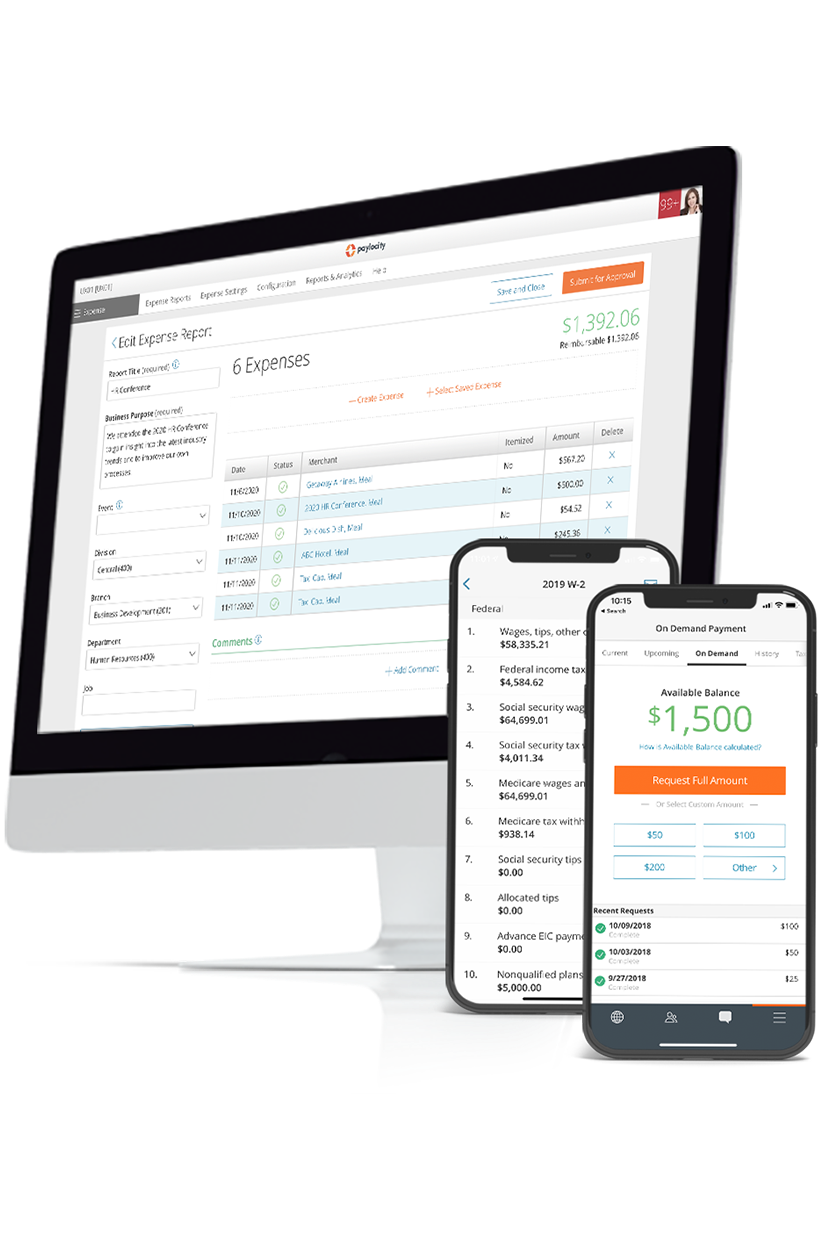Cross-Border Payments
Summary Definition: Transactions between parties in different countries that enable international trade despite the added complexities resulting from different currencies, regulations, and processes.
What is a Cross-Border Payment?
Cross-border payments are financial transactions made between individuals or entities in different countries. These payments are critical to the global economy, enabling businesses to trade internationally and consumers to access goods and services from abroad.
However, managing these payments can be complex and time-consuming, requiring meticulous accuracy to ensure seamless processing.
Organizations can minimize risks, reduce costs, and enhance their global reach by adopting a structured payment approach backed by a knowledgeable and reliable cross-border payments software provider.
Key Takeaways
- Cross-border payments allow businesses to engage in international commerce but require careful management due to complexities like regulatory compliance and foreign exchange risks.
- Implementing structured processes (e.g., robust payment policies and transaction monitoring) and leveraging technology can streamline cross-border operations, reduce costs, and enhance accuracy.
- While cross-border transactions offer global reach and cost-saving opportunities, they can also present challenges, such as added fees and operational delays.
How to Manage Cross-Border Payments
Due to the range of legal and commercial nuances a cross-border payment can require, companies should adopt certain structured processes that streamline operations and foster swift cross-border payments.
- Develop Robust Payment Policies: Draft detailed policies for budgeting, authorization, and reconciliation of cross-border payments to maintain consistency and accuracy.
- Oversee Payment Processes: Ensure all payments are properly authorized, documented, and executed within specified timelines to avoid disruptions.
- Track and Reconcile Payments: Monitor transactions regularly and reconcile accounts to ensure accuracy and prevent discrepancies.
- Mitigate Foreign Exchange Risks: Use hedging strategies and tools to guard against the unpredictability of currency fluctuations.
- Select the Right Payment Providers: Evaluate various cross-border payment companies and choose the best provider based on reliability, transaction fees, and technology platforms.
Cross-Border Payment Best Practices
Even with these structured approaches in place, cross-border payments for businesses can still be difficult to manage. Therefore, some best practices to keep in mind include:
- Planning Ahead: Research timelines and fees before starting transactions to avoid surprises.
- Double-checking Payment Details: Ensure details such as account numbers, currencies, and payment amounts are accurate to prevent errors.
- Reconciling Payments Regularly: Set up a routine reconciliation schedule to confirm all transactions are recorded correctly.
- Leverage Payment Automation: Automating payment workflows reduces manual errors and expedites processes, making them more efficient.
- Train Employees: Conduct regular training sessions for staff involved in the payment process to ensure compliance and accuracy.
- Stay Updated on Regulations: Continuously monitor changes in international payment regulations to ensure compliance and avoid legal risks.
Cross-Border Payments Pros and Cons
Cross-border payments unlock numerous advantages that drive growth and financial efficiency. They also, however, come with inherent challenges that can slow operations.
| Cross-Border Payment Advantages | Cross-Border Payment Challenges |
| Global Reach: Cross-border payments allow businesses to sell products and services worldwide, boosting revenue by expanding into international markets. |
Complex Processes: These transactions involve multiple financial institutions and compliance with international regulations, often leading to delays and higher error rates.
|
| Cost Optimization: Businesses can source supplies and services from the most cost-efficient providers globally, reducing operational expenses. |
Added Fees: Banks and financial intermediaries may charge substantial fees for processing cross-border payments, reducing profit margins.
|
| Risk Mitigation: Properly managed cross-border transactions reduce exposure to currency volatility and protect businesses against potential fraud. | Limited Transparency: Tracking payment statuses in cross-border transactions can be difficult, making swift resolution of errors or delays challenging. |

Save Time with Stress-Free Payroll Solutions
Payroll doesn’t have to be complicated, but it does have to be right. Stay compliant, collect employee data, and streamline tax filing – all while putting time back in your day with our automated payroll software. With the assurance of an error-free workflow, you can get back to what matters most – your people. Learn how our modern solutions get you out of the tactical and back to focusing on the bigger picture.